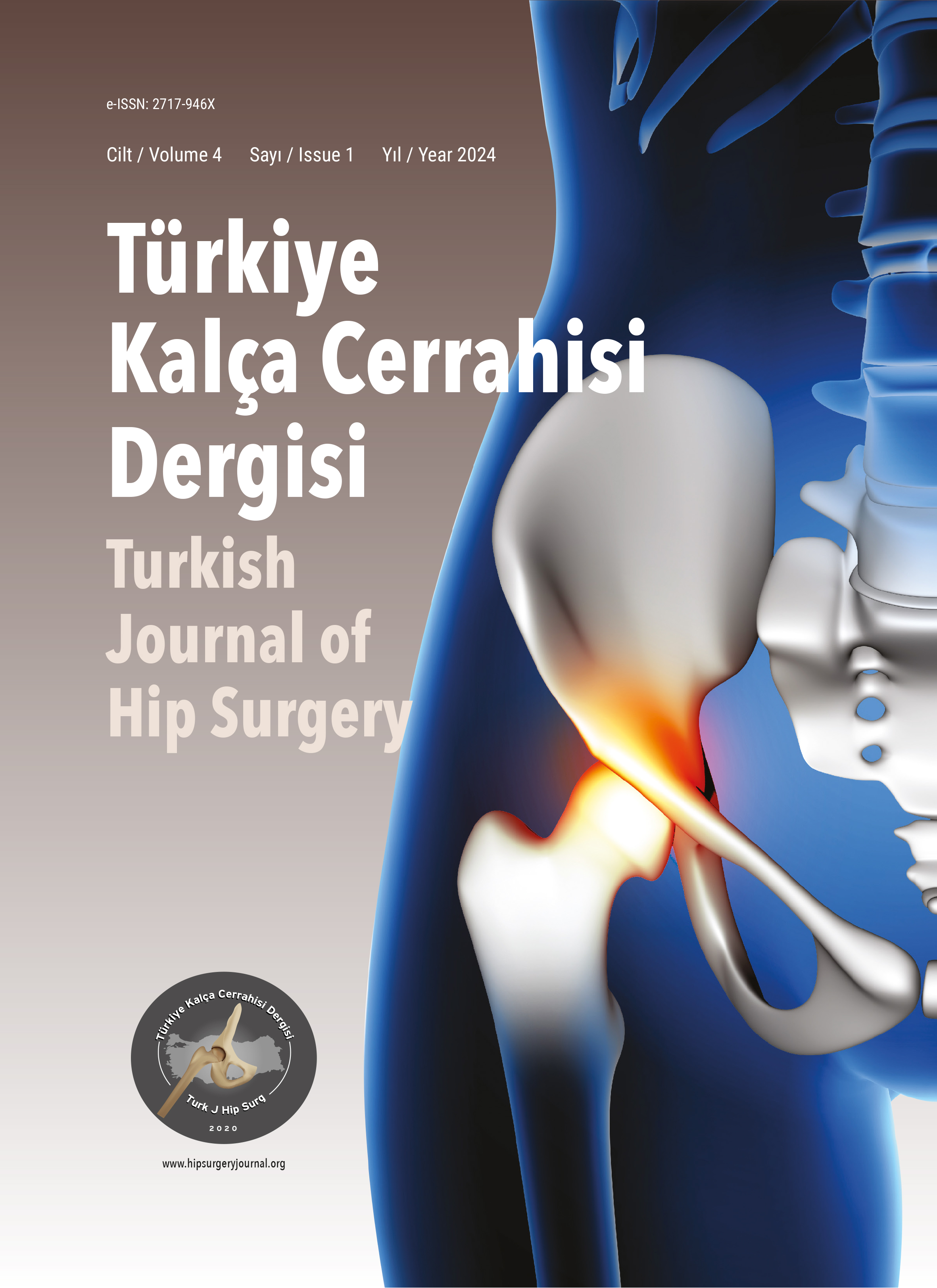
The Effect of Ifosfamide and Mifamurtide Loaded Cement on The Viability of Osteosarcoma Cells
Ömer Bekçioğlu, Safiye Aktas, Melek Aydın, Nur OlgunDokuz Eylül University, Institute of Oncologyurpose: Despite the good results of neoadjuvant chemotherapy used in the treatment of osteosarcoma, post-operative recurrences continue to be a common problem. It is important to seek new approaches to prevent recurrence in post-operative patients and to eliminate the disadvantages of systemic chemotherapy. The study aims to examine the effects of chemotherapeutic (ifosfamide) and immunotherapeutic (mifamurtide) agents, which are adsorbed into cementum in vitro, on the viability of the osteosarcoma cell line K7M2.
Methods: After the K7M2 osteosarcoma cell line was cultured, the cells were adhered to and became 70% confluent, and the supernatants were removed, taking care not to lose the cells. Different doses of ifosfamide (10 ug/ml, 20 ug/ml, 40 ug/ml) alone and with cement; Different doses of mifamurtide (0.25 µg/ml, 0.5 µg/ml, 1 µg/ml) were given by co-culture with mononuclear cells alone and with cement. Cement was used as the control group. Cell viability was determined by WST after the plate was placed in a 37°C 5% CO2 incubator for 24 hours and 48 hours.
Results: It was determined that ifosfamide and mifamurtide in cementum were released into the environment compared to the agent alone, causing more cytotoxic effects in osteosarcoma cells at 24 hours. While an increased effect at 48 hours was observed in mifamurtide, it was not detected in the ifosfamide plus cement group compared to the ifosfamide group alone.
Conclusion: Our findings support that local application of ifosfamide and mifamurtide in bone cement may be effective in preventing local recurrence of osteosarcoma after surgery; while filling bone defects resulting from excision surgeries. Among post-operative biomaterials, local therapy may be an additive treatment option in preventing recurrence in osteosarcoma by interacting directly and with the microenvironment.
İfosfamid ve Mifamurtid yüklenmiş Sementin Osteosarkom Hücrelerinin Canlılığına Etkisi
Ömer Bekçioğlu, Safiye Aktas, Melek Aydın, Nur OlgunDokuz Eylül Üniversitesi, Onkoloji EnstitüsüAmaç: Osteosarkom tedavisinde kullanılan neo-adjuvan kemoterapilerin olumlu sonuçlarına karşın, post-operatif gelişen rekürrensler ortak bir sorun olarak varlığını korumaktadır. Post-operatif hastalarda, rekürrensi önleyecek ve sistemik kemoterapi uygulamasının dezavantajlarını ortadan kaldıracak yeni yaklaşım arayışları önem taşımaktadır. Çalışmanın amacı in vitro olarak sement içine emdirilmiş kemoterapötik (ifosfamid) ve immunoterapötik (mifamurtid) ajanların, osteosarkom hücre hattı olan K7M2 canlılığı üzerine etkilerini incelemektir.
Yöntem: K7M2 osteosarkom hücre hattı kültüre edilip, sonrasında hücreler tutunup %70 konfluent hale geldiğinde; hücrelerin kaybedilmemesine dikkat edilerek üst fazlar uzaklaştırılmıştır. İfosfamidin (10 ug/ml, 20 ug/ml, 40 ug/ml) ve mifamurtidin (0,25 ug/ml, 0,5 ug/ml, 1 ug/ml) farklı dozları, tek başına ve sement ile birlikte mononükleer hücreler ile ko-kültür yapılarak verilmiştir. Kontrol grubu olarak sadece sement uygulaması yapılmıştır. Plate, %5 CO2 içeren 37°C inkübatörde, 24 saat ve 48 saatlik periyotlarla inkübasyona bırakılmış ve sonrasında WST ile hücre canlılığı tayini yapılmıştır.
Bulgular: 24. saatte, sement içerisinde lokal ifosfamid ve mifamurtidin uygulamasının; osteosarkom hücrelerinde sementsiz olarak sadece ilaçların kullanımına kıyasla daha fazla sitotoksik etkiye yol açtığı saptanmıştır. 48. saatte mifamurtidinde artmış etki görülürken; ifosfamid artı, sement grubunda tek başına ifosfamid grubuna göre saptanamadı.
Sonuç: Bulgularımız, kemik çimentosu içinde lokal ifosfamid ve mifamurtid uygulamasının; cerrahi uygulama sonrası osteosarkomun lokal nüksünü önlemede eksizyon cerrahileri sonucu oluşan kemik defektlerini doldururken etkili olabileceğini desteklemektedir. Postoperatif biyomalzemeler içinde lokal tedavi, direkt ve mikro-çevre ile etkileşerek osteosarkomda rekürrensi önlemede tedavi seçeneği olabilir.
Manuscript Language: Turkish









